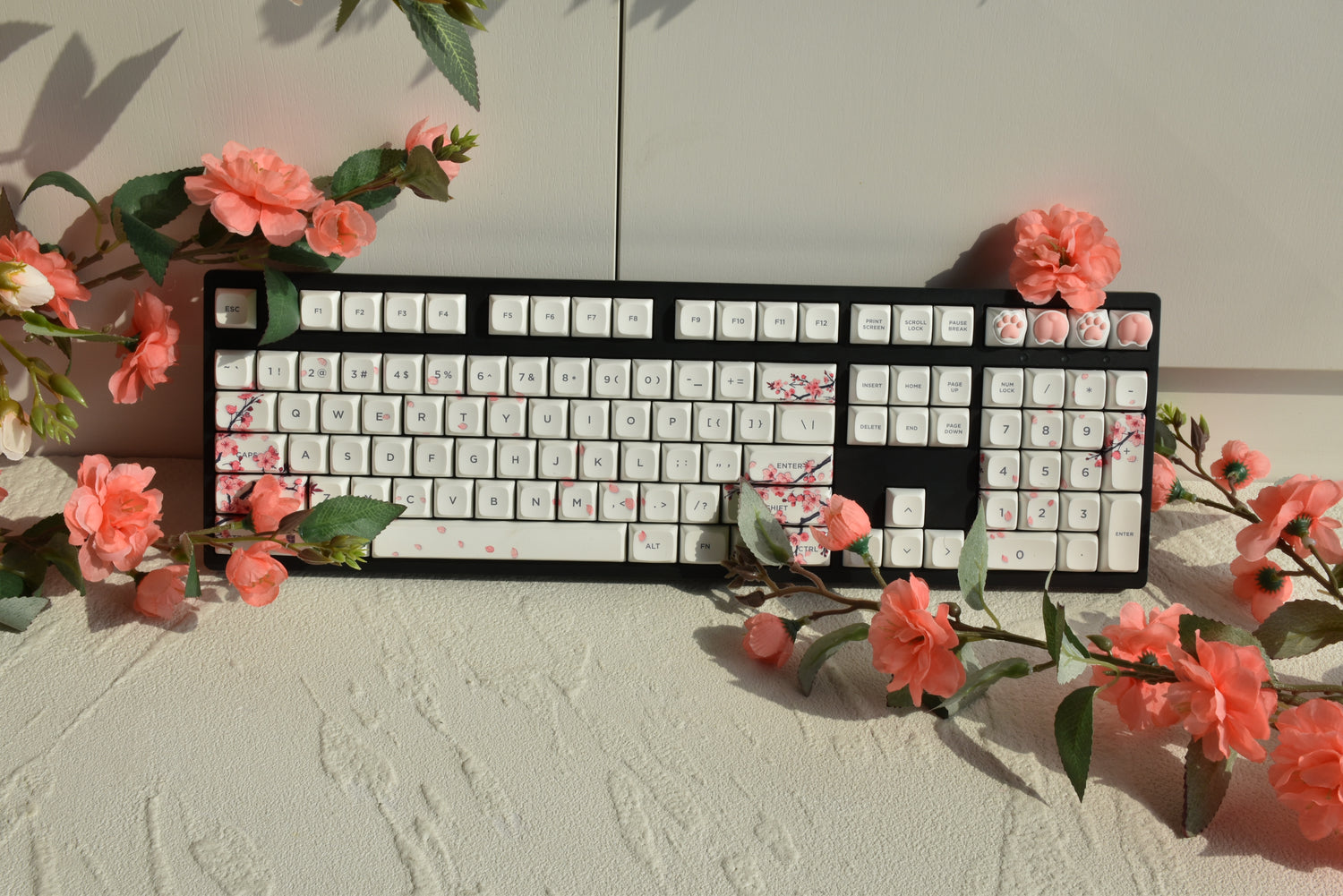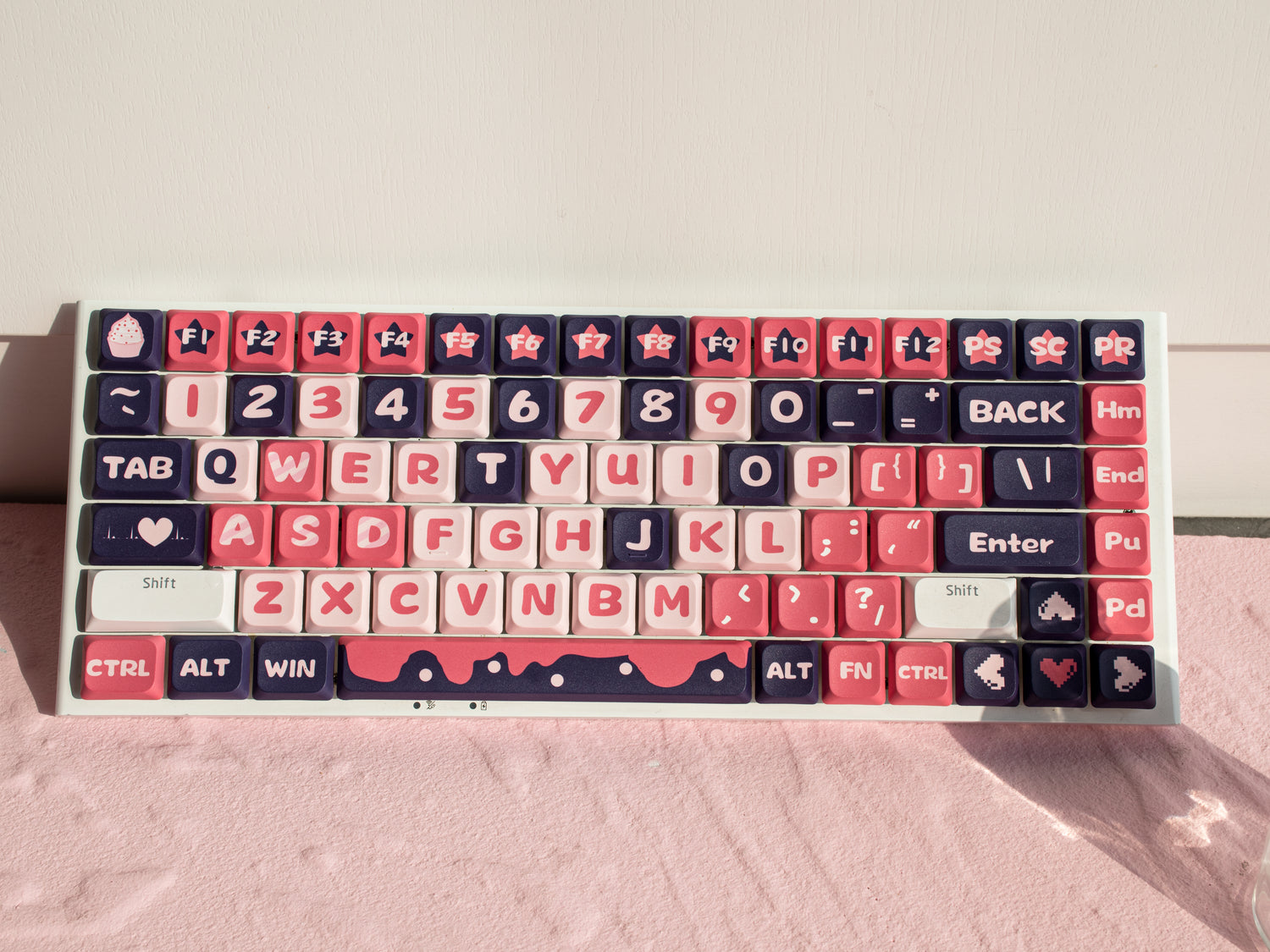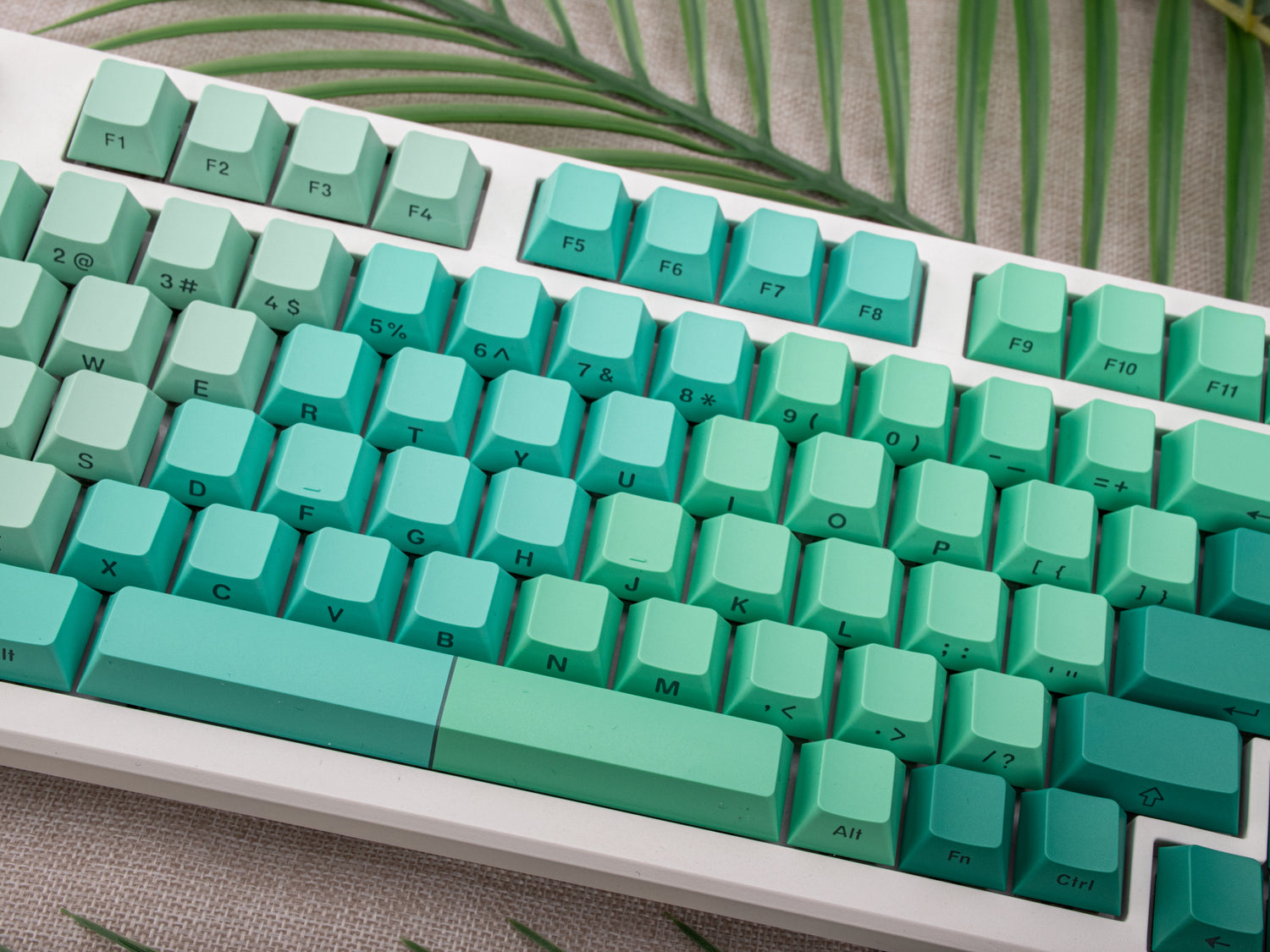Analysis of the relationship between keycaps and ergonomics
The relationship between keycaps and ergonomics is a complex field involving knowledge of human anatomy, kinesiology and human psychology. Below I will analyze the relationship between keycaps and ergonomics:
1. The fit of the keycap shape to the anatomy of the hand:
Finger length and curvature: The proper shape of the keycap should take into account the length and curvature of the fingers and the size of the palm of the hand to ensure that the fingers are in the most natural position when pressing keys and to minimize unnecessary twisting and stretching, thus reducing hand fatigue and discomfort.
Palm curve and keycap tilt: Some keycaps are designed with a tilt angle that conforms to the curve of the palm of the hand, allowing the palm to fit naturally on the keyboard, reducing hand pressure and improving comfort when typing for long periods of time.
2. Influence of keycap height and spacing on finger movement:
Reasonable design of keycap height: The keycap height should be moderate, which will neither lead to overstretching of fingers nor make fingers feel crowded. Proper keycap height can reduce the distance and force of finger movement and improve typing efficiency.
Optimization of keycap spacing: The spacing between the keycaps should be enough to allow the fingers to move freely, while avoiding the occurrence of pressing the wrong key. Reasonable keycap spacing can reduce typing errors and improve typing accuracy.
3. Influence of keycap material and touch on hand feeling:
Choice of keycap material: Keycaps made of different materials have different feel and durability; PBT keycaps are usually more wear-resistant than ABS keycaps, feel better, and are less likely to be stained, so they are more suitable for long-time use.
Keycap surface texture design: Some keycap designs use a special surface texture to increase the friction between the hand and the keycap, providing a more stable keystroke feel and reducing finger slippage, thus improving typing accuracy.
4. Matching of keycap layout with hand movement:
Optimization of keycap layout: Some keycap layouts are designed to match the laws of hand movement, such as the ErgoDox layout and certain custom layouts, which make the movement of the fingers a shorter distance and the keystrokes more comfortable, which in turn reduces hand fatigue.
Ergonomic Keyboard Layout: The design of keycap layouts should not only consider the comfort and efficiency of typing, but also take into account the anatomical structure of the hands and the laws of movement, in order to provide the most suitable keyboard layout for the human body.
Conclusion:
To summarize, the relationship between keycaps and ergonomics is reflected in the shape, height, spacing, material and layout of keycaps. Reasonable keycap design can reduce hand fatigue and discomfort, improve typing comfort and efficiency, and thus better meet user needs. Therefore, when designing keyboards, ergonomic principles must be fully considered in order to create more ergonomic keyboard products.





